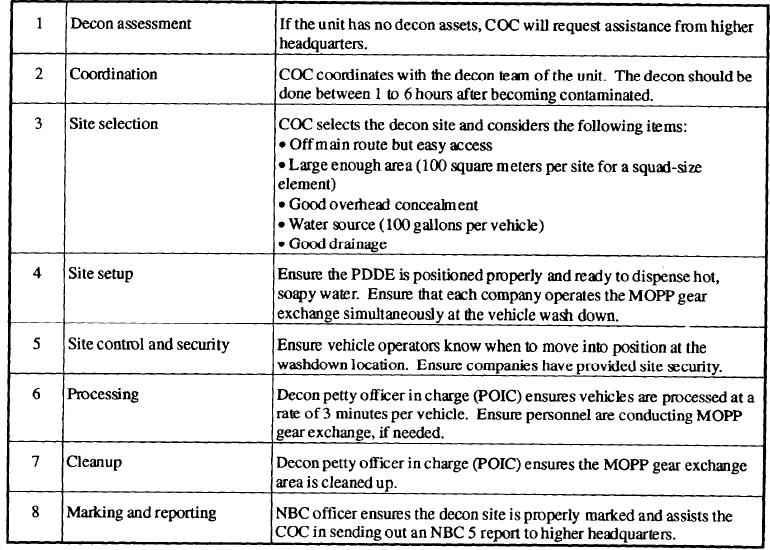
Table 6-4.--Operational Decon Checklist.
and is the most resource intensive. Weathering causes
It is important to remember that performing
operator's spray down before hasty decon will
a significant reduction of contamination overtime, but
decrease the contamination transfer and increase the
the immediate reduction of contamination to
survivability of the crew.
negligible risk levels does not normally occur.
Weather conditions, agent used, mission
THOROUGH DECON OPERATIONS
requirements, time, troops, and supplies available may
all combine to make weathering the decon option of
Thorough decon operations reduce contamination
choice. Based on the recommendation of the CBR
to negligible risk levels. They restore combat power
officer, the COC decides which type of decon is the
by removing nearly all contamination from unit and
most efficient and effective for their unit.
individual equipment. Thorough decon enables
troops to operate equipment safely for extended
A limiting factor that must be considered when
periods at reduced MOPP levels. A small risk
planning any decontamination operations is the
remains, so periodic checks with the CAM, M8/M9
availability of water. A typical vehicle will require
paper, or M256-series kit must be made after each
500 gallons of water during detailed equipment decon.
operation. After thorough decon, the unit moves out
of the decon site into a tactical assembly area. The
In a water-scarce environment, such as deserts, the
unit, while in this tactical assembly, may undergo
CBR officer must cordinate a water resupply plan
reconstitution or prepare for future operations.
with other units in the area of operation. A water
resupply plan can include selecting a series of link-up
Operational decon requires fewer resources but
points along a route. The unit can link up with a bulk
physically removes only surface contamination.
water truck from other units. More complex water
Thorough decon is the most effective type of decon

